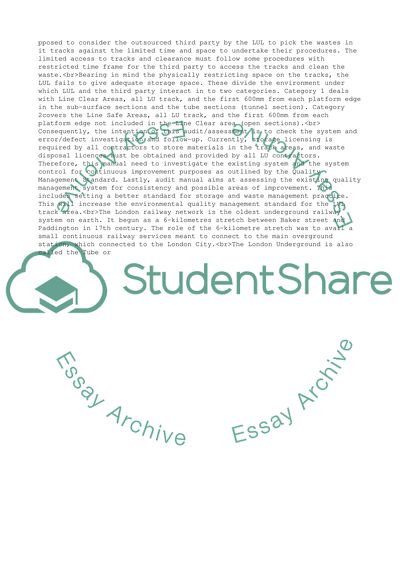Cite this document
(Business project and quality management Assignment, n.d.)
Business project and quality management Assignment. https://studentshare.org/management/1821773-business-project-and-quality-management
Business project and quality management Assignment. https://studentshare.org/management/1821773-business-project-and-quality-management
(Business Project and Quality Management Assignment)
Business Project and Quality Management Assignment. https://studentshare.org/management/1821773-business-project-and-quality-management.
Business Project and Quality Management Assignment. https://studentshare.org/management/1821773-business-project-and-quality-management.
“Business Project and Quality Management Assignment”. https://studentshare.org/management/1821773-business-project-and-quality-management.


